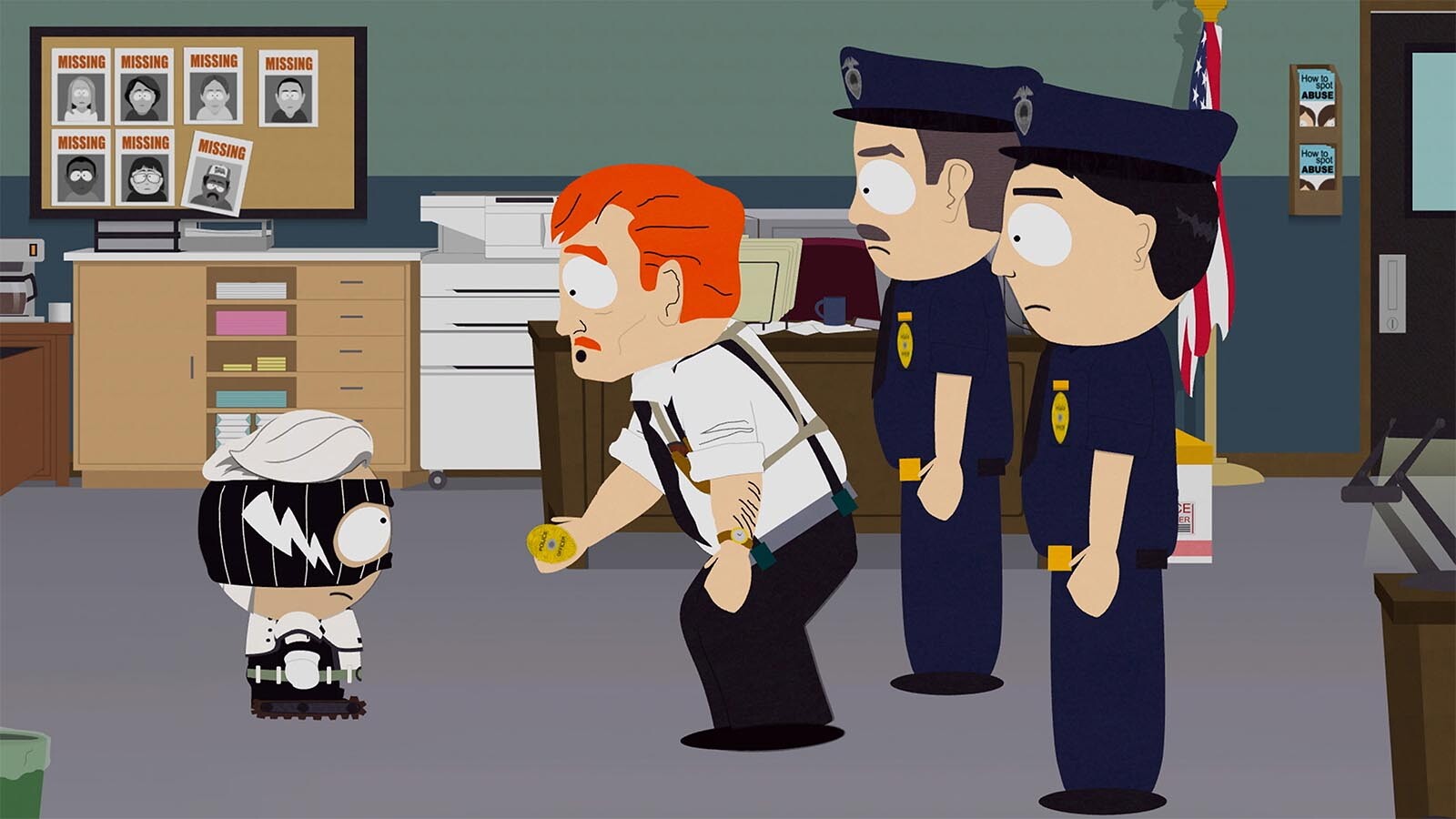
Initially, you’re allowed to pick from one of three classes, each with its own attack abilities and ranges. Those abilities will depend heavily on the classes you choose.

You’ll have to plan out each attack, jockey for position and lean on abilities that push and pull enemies. You’ll still take turns taking actions, but this time attacks will have specific ranges and areas of effect. This time, the simple side battles are replaced with a more tactical grid system. “Fractured” is still very much a turn-based RPG. Without preamble, the boys drop their swords, declare it lame to play as elves and dress up in their finest capes and cowls and begin dispensing justice throughout South Park.Īs the new kid, affectionately called “Buttlord,” you’re swept up in Cartman’s plan to rescue a cat, make his superhero franchise the most popular and, eventually, stop Christmas from happening every day. “Fractured” opens with the boys still playing in their fantasy world, until Cartman gets bored and decides he wants to play superheroes instead. The switch is handled brilliantly and sets the tone for the rest of the game. Gone is the swords-and-sorcery themes, replaced with a superhero setting, ripped straight from the 13th and 14th seasons of the show.

The recently released follow-up, “The Fractured But Whole,” deviates from the original game in small ways, but keeps most of what worked there intact. At the end of “The Stick of Truth,” I wondered – what more could a new South Park game add to justify its existence? However, toward the end of the game, it was clear the jokes were being stretched a little thin and some unnecessary padding was added, likely to lengthen the play time. From the simple-but-fun turn-based combat, to the exploration elements, to the cheeky takedown of fantasy tropes, “The Stick of Truth” held up as a fantastic game.


 0 kommentar(er)
0 kommentar(er)
